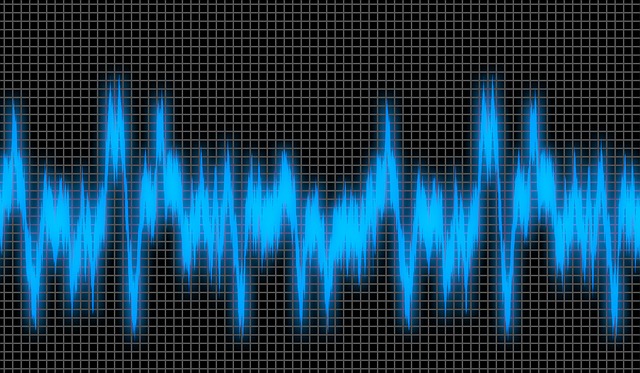
Atmospheric pollution is one kind of contamination that harms living beings and creatures on our planet. The World Health Organization (WHO) also reports that it is among the most dangerous environmental threats to our health. The European Environment Agency (EEA) reports that noise is responsible for over 72,000 hospitalisations and 16,600 premature deaths each year just in Europe.
The WHO reports that noise is harmful whenever it exceeds 75 decibels (dB) and at levels over 120 dB feels painful. Aircraft fly above us in the sky, workers drilling road surfaces, drivers honking their car horns. There is noise all around us. Cities have turned into the epicentre of a kind of pollution called acoustics. Although it is invisible and has been reduced by the coronavirus crisis, it is seriously damaging and harmful to humans. It is to such an extent that it has been estimated by the European Environment Agency that noise is responsible for 16,600 premature deaths and 72,000 hospital admissions just in Europe.
It is not only harmful to humans but it hurts animals as well. The National Park Service (NPS) in the US reports that noise pollution has a significant impact and seriously damages wildlife. According to experts, noise pollution may interfere with breeding cycles along with raising young and can even speed up the extinction of certain species in some cases.
What Is Noise Pollution?
Not every sound is considered to be noise pollution. Noise over 65 decibels (dB) is defined by the World Health Organization (WHO) as noise pollution. When noise exceeds 75 decibels (dB) it becomes harmful and over 120 dB becomes painful. As a result, it is recommended to keep noise levels under 65 dB throughout the day which is an indication that it is impossible to have restful sleep when the noise levels of nighttime ambient noise exceed 30 dB. If you need help with noise management surrounding you, I would recommend doing research into structure borne noise.
Noise Pollution Causes
Noise pollution comes from many different sources. However, the following are some of the major ones:
Traffic noise
Most of the polluting noise that occurs in cities is traffic noise. For example, 100 dB is produced by a bus, and 90 dB is produced by a car horn.
Air traffic noise
Fewer aircraft fly over cities compared to the number of cars out on the roads, but they have a greater impact. There is 130 dB produced by one aircraft.
Construction sites
Car park and build construction, as well as pavement and road resurfacing work, can be quite noisy. For example, 110 dB is produced by a pneumatic drill.
Night Live and Catering
Restaurants, bars, and terraces spilling outdoors in good weather can produce over 100 dB. That includes noise from clubs and pubs.
Animals
Animal noises often go unnoticed. However, about 60-80 dB can be produced by a barking or howling dog, for example.
Noise Pollution Effects
In addition to damaging hearing by causing deafness or tinnitus, constant loud noise also can damage the health of humans in numerous ways, especially in the very old and the very young. The following are some of the major ones:
Physical
Headaches, high blood pressure, racing pulse, respiratory agitation, and, in cases of constant, extremely loud noise, heart attacks, colitis, and gastritis.
Psychological
Noise may cause attacks of hysteria, anxiety, depression, fatigue, and stress in both animals and humans.
Behavioural and sleep disorders
Noise over 45 dB can prevent you from sleeping properly or falling asleep. Keep in mind that the World Health Organization states that it should not be over 30 dB. Loud noises may have latent effects on behaviour and cause irritability and aggressive behaviour.
Concentration and memory
Noise might affect the ability of people to focus. Over time, this can result in low performance. It is bad for memory as well, which makes it difficult to study.
